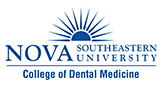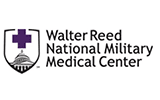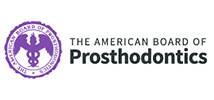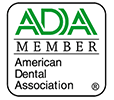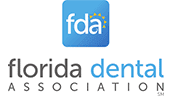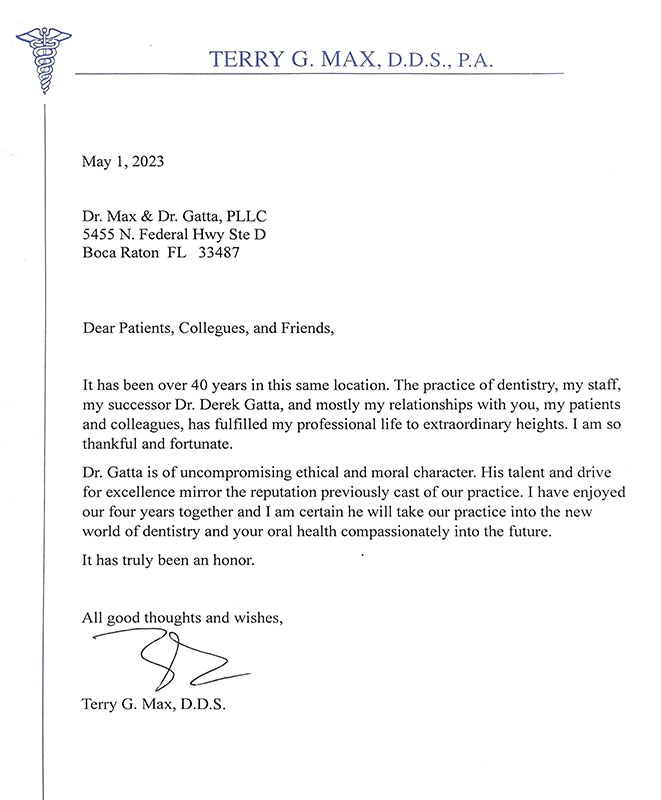People tend not to consider how vital teeth are to everyday life until they experience broken or missing teeth. Fortunately, technology today makes replacing and restoring teeth easier and quicker than ever! If anything, the options for creating a healthy, functioning, and attractive smile can get confusing, so here is a look at the benefits of one such option — dental implants.
Dr. Gatta, a board-certified Prosthodontist states: “In our practice, we prioritize a minimally invasive approach, even in procedures like implant surgeries. Our goal is to minimize discomfort and ensure faster recovery for patients. This way, patients can benefit from advanced dental care without major disruptions to their daily routines.”
How Should I Care for My Teeth and Gums?
- Brushing
- Flossing
- Rinsing
- Eating right
- Visiting the dentist
Tips for Brushing Your Teeth and Gums
Brush teeth and gums at least twice a day. If you can, brush 30 minutes to 1 hour after every meal. Brushing removes plaque, a film of bacteria that clings to teeth. When bacteria in plaque come into contact with food, they produce acids. These acids lead to cavities. To brush:
- Place a pea-sized dab of fluoride toothpaste on the head of the toothbrush. (Use a soft toothbrush.)
- Place the toothbrush against the teeth at a 45-degree angle to the gum line.
- Move the brush across the teeth using a small circular motion (if using an electric toothbrush, hold it at the same angle against the teeth and gum line and let it do the work). Continue with this motion cleaning one tooth at a time. Keep the tips of the bristles against the gum line. Avoid pressing so hard that the bristles lie flat against the teeth. (Only the tips of the toothbrush clean the teeth.) Let the bristles reach into spaces between teeth.
- Use the same small circular motion to clean the backside of the upper and lower teeth — the side that faces the tongue.
- To clean the inside of the bottom front teeth, angle the head in an up-and-down position toward the bottom inside of the mouth and move the toothbrush in a small circle.
- For the inside of the top front teeth, angle the brush in an up-and-down position with the tip of the head pointing towards the roof of the mouth. Move the toothbrush in a small circle.
- Give your tongue a few gentle brush strokes, brushing from the back of your tongue forward. Do not scrub. This helps remove bacteria and freshens your breath.
- After brushing your teeth for two to three minutes, rinse your mouth with a mouthwash.
- Replace your toothbrush with a new one every three to four months.
Tips for Flossing Your Teeth
Floss your teeth at least once a day and ideally after each meal you consume. Flossing gets rid of food and plaque between the teeth, where your toothbrush cannot reach. If plaque stays between teeth, it can harden into tartar, which must be removed by a dentist or hygienist. To floss:
- Remove about an 18-inch strip of floss from the dispenser.
- Wind the floss around the middle fingers of each hand, leaving a 1-inch section open for flossing. Floss the top teeth first, then the bottom.
- Place the floss in your mouth and use your index fingers to push the floss between the teeth. Be careful not to push too hard and injure the gums.
- Move the floss up and down against the tooth and up and around the gum line. The floss should form a C-shape around the tooth as you floss.
- Floss between each tooth as well as behind-the-back teeth.
- Use a clean section of floss as needed and take up used floss by winding it around the fingers.
Also, antibacterial mouth rinses (there are fluoride mouth rinses as well) can reduce bacteria that cause plaque and gum disease, according to the American Dental Association.
Tips for Rinsing Your Teeth & Gums
The third part of your daily oral care routine should be mouthwash — but not just any mouthwash.
- Rinse daily with an antiseptic (also known as antibacterial) mouthwash to help kill bacteria that cause plaque, early gum disease, and bad breath.
- Fluoride-containing mouthwash helps prevent tooth decay. Some mouthwashes have both antibacterial ingredients and fluoride.
- Swish the rinse around in your mouth for 30 to 60 seconds.
- You can use a mouthwash before or after you brush and floss.
Eating Right and Dental Health
For good dental health, eat a variety of foods, avoiding those that contain sugars and starches. These foods produce the most acids in the mouth, and the longer they stay in the mouth, the more they can damage the teeth. Hard “sucking candies” are especially harmful because they stay in the mouth for a long time.
Snacking on sugary foods can lead to tooth decay because most people don’t brush after snacks. Starchy snack foods, like potato chips, stick to the teeth. Avoid snacking on:
- Candies, cookies, cakes, and pie
- Sugary gum
- Crackers, breadsticks, and chips
- Dried fruits and raisins
Dental Check-Ups
Visit your dentist at least once every six months. To maintain healthy teeth and gums, it’s important to have regular check-ups and professional cleanings. You should also see your dentist if you have pain in your teeth or mouth or bleeding, or swollen gums.
You can also ask your dentist about dental sealants. Sealant is a material used to coat the top, chewing surfaces of the back teeth. This coating protects the tooth from decay and usually lasts a long time.
Do you have questions about your oral health care? Do you have issues or concerns about damaged teeth? There is no reason why you need to endure or tolerate broken or missing teeth. If you are missing one or more teeth, Dr. Gatta and his team of caring, friendly professionals can help. Dr. Gatta specializes in prosthodontics and can help you determine the best solution — when it comes to missing teeth, you want someone with in-depth knowledge of all the treatments available! (561) 997-6622
Reference: [https://www.webmd.com/oral-health/benefits-dental-implants]



